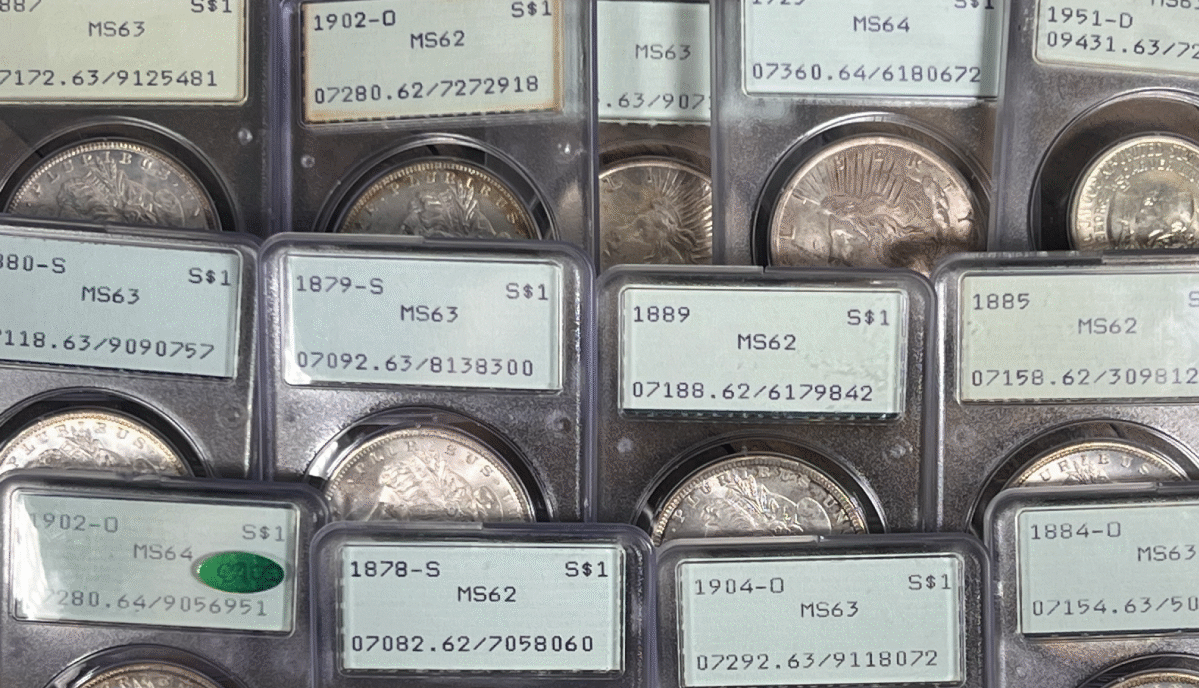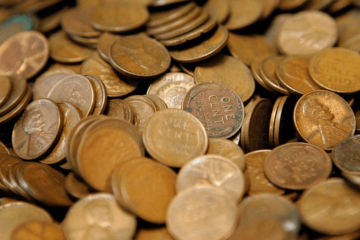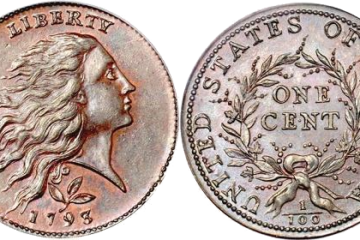Investing in Copper: The Potential of Pre-1982 One-Cent Pieces

Investing in Copper: The Potential of Pre-1982 One-Cent Pieces
Key Points & Takeaways
- Pre-1982 one cents made mostly of copper potentially offer value due to rising copper prices and dwindling circulation.
- Gresham’s Law suggests these copper pennies might be hoarded due to higher intrinsic value than newer zinc pennies.
- Potential future events like removing pennies from circulation or legalizing their melting could further increase value.
- For serious collectors, we will be call the one cent piece pennies for commonality.
The Potential of Pre-1982 Copper One Cents as an Investment
While not typically considered valuable, pre-1982 U.S. one-cent pieces made of 95% copper hold potential as an investment. Their copper content creates an intrinsic value often exceeding their face value, influenced by copper price fluctuations. Let’s explore the reasons behind this potential and consider future scenarios that might impact their worth.
Gresham’s Law and the Disappearing Penny
Gresham’s Law states that in a system with coins of differing intrinsic values, the more valuable ones are hoarded or removed from circulation. This principle applies to pre-1982 pennies. As copper prices rise, these pennies become more valuable than their face value and might be saved instead of spent. This could lead to their scarcity and potentially increase their value.
Possible Futures and the Value of Copper Pennies
Several future developments could significantly impact the circulation and value of pre-1982 pennies:
- Removal from Circulation: The U.S. Mint might stop producing pennies due to their high production cost and low purchasing power. This would likely increase the value of existing copper pennies as collectibles.
- Legalization of Melting: Currently, melting U.S. pennies is illegal. If legalized, it could significantly reduce the number of copper pennies available, driving up their price due to scarcity.
- Rise of Digital Currencies: The increasing use of Central Bank Digital Currencies (CBDCs) could decrease demand for physical coins. However, this could also make remaining physical coins, especially those with valuable metals like copper, more sought-after by collectors.
Investing in Pre-1982 Pennies: A Niche Opportunity
Investing in pre-1982 pennies comes with several potential benefits:
- Intrinsic Value: Their copper content provides a floor value, ensuring they’ll likely be worth more than their face value as long as copper prices hold steady or increase.
- Scarcity and Demand: As these pennies become scarcer due to hoarding or melting, their value among collectors and investors could rise.
- Historical Significance: Pre-1982 pennies represent a period in U.S. coinage before the switch to cheaper metals, making them appealing to coin collectors (numismatists).
- Hedge Against Inflation: Physical assets like copper coins can act as a hedge against inflation, potentially preserving value when fiat currencies lose purchasing power.
Practical Steps for Investing in Pennies
If you’re interested in investing in pre-1982 pennies, here are some tips:
- Start Collecting: Gather pennies from your change. While time-consuming, it’s a cost-effective way to accumulate a collection.
- Bulk Purchases: Consider buying pre-1982 pennies in bulk from reputable coin dealers or online marketplaces to avoid counterfeits.
- Proper Storage: Use coin holders or rolls and store them in a cool, dry place to prevent damage.
- Stay Informed: Keep up with market trends, copper prices, and potential regulatory changes that might impact your investment.
Conclusion
Investing in pre-1982 pennies offers a unique opportunity to leverage factors like copper value, historical significance, and potential scarcity. However, remember that all investments involve risks. Research the market thoroughly before investing in pre-1982 pennies as part of a diversified portfolio.

